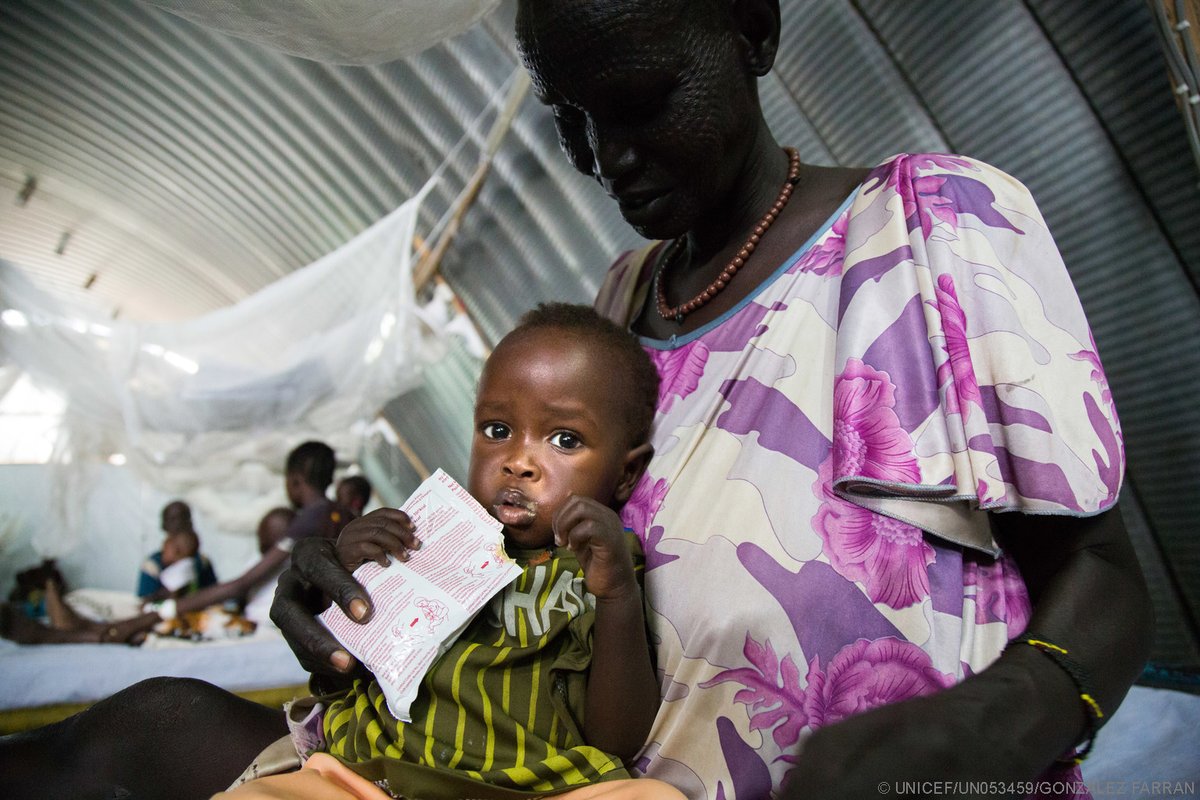
Millions of people starve as famine and food shortages ravages parts of some African nations and Yemen

Earlier this week the United Nations said 1.4 million children were in danger of dying because of famines in Nigeria, South Sudan, Somalia and Yemen. In total more than 20 million people are facing famine or a credible risk of famine over the coming six months.
Somalia, Kenya and Ethiopia
Drought has displaced more than 135,000 people inside Somalia since November, according to data compiled by UNHCR, the Norwegian Refugee Council and community based organizations. People are leaving their homes because of the drought, rising food prices, dry weather forecasts, and ongoing insecurity and are heading for urban areas.
In Somalia, 2.9 million people urgently need food and livelihoods assistance and 185,000 children suffering severe acute malnutrition.
In Somalia, Ethiopia and Kenya almost 12 millions are struggling to feed themselves because of repeated rain failures that have led to poor harvests and livestock deaths, the U.N. Food and Agriculture Organization (FAO) said
An estimated 1.3 million Kenyans faced starvation in 2016 according to the National Drought Management Authority. The Kenya Red Cross estimated about 2.7 million people were in need of food aid after low rainfall in October and November, with the next rainy season not due before April.
Some 5.6 million people are facing food shortages in Ethiopia, which was hard hit by drought induced by the El Nino weather phenomenon in 2016.
Nigeria & Lake Chad region
More than seven million people risk starvation in Nigeria’s insurgency-hit northeastern region and around Lake Chad, according to the UN. Boko Haram insurgency is one of the main factors behind the crisis around the Lake Chad.
In Nigeria 5.1 million people urgently need food and livelihoods assistance inclusive of 450,000 children suffering severe acute malnutrition according to the UN.
In the Lake Chad Basin ‒ Cameroon, Chad, the Niger and Nigeria ‒ the Boko Haram insurgency has led to unprecedented levels of population displacements and to the prolonged disruption of agricultural, livestock and fishing activities. About 7 million people will be food insecure in the Lake Chad Basin, 75 percent of whom are in northeastern Nigeria.
South Sudan
“We have been warning about the fragility of the recovery in Somalia from the famine of six years ago. We have been warning about the danger the conflict in South Sudan could spiral down into famine, that’s literally been happening for the last two years and a half,” said Challiss McDonough, the Senior Regional Communications Officer East Africa for the World Food Programme
UN agencies warn that almost 5 million people urgently need food, agriculture and nutrition assistance. According to World Food Programme, the total number of food insecure people is expected to rise to 5.5 million at the height of the lean season in July if nothing is done to curb the severity and spread of the food crisis.
In South Sudan 100,000 people already facing famine, 1 million people on the brink of famine, 5 million people urgently need food and livelihoods assistance and 270,000 children suffering severe acute malnutrition according to the UN
Yemen
Yemen is facing the largest food insecurity emergency in the world, with an estimated 7.3 million people requiring emergency food assistance
In Yemen, at least 7.3 million people urgently need food assistance and 462,000 children are suffering from severe acute malnutrition according to the UN. One in five of the country’s population needs help.
Help relief efforts at risk of famine by donating at World Food Programme, Norwegian Refugee Council, UNHCR, UNCEF, KENYA RED CROSS, OXFAM, World Vision, FAO






